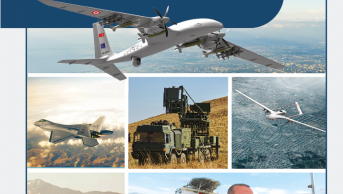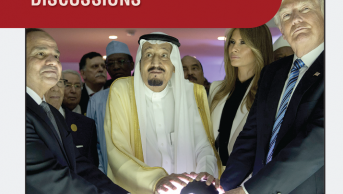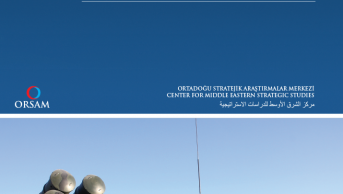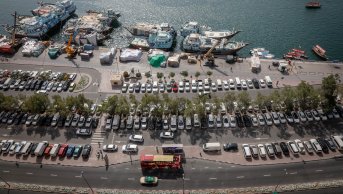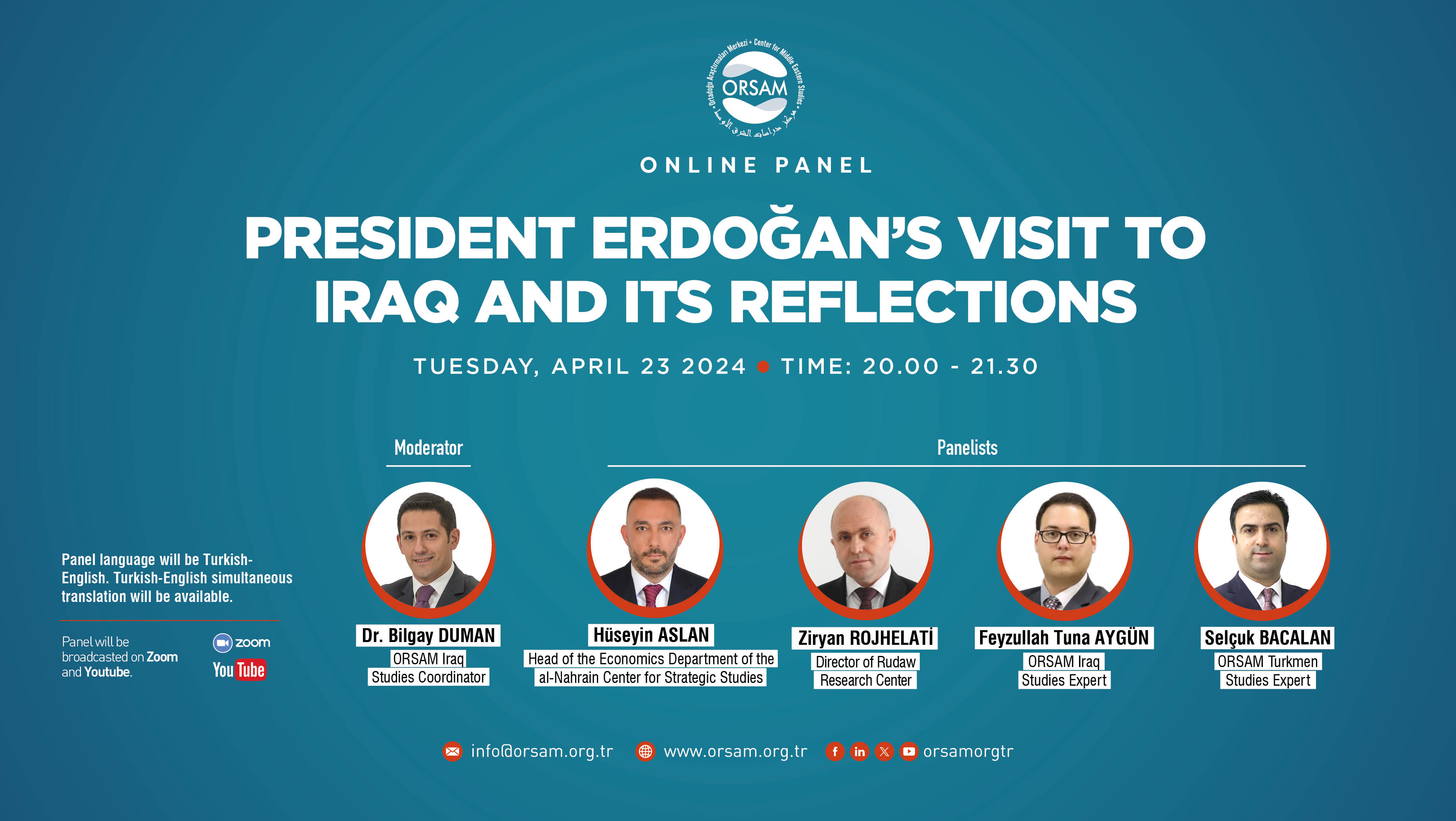Why Urban Operations are Challenging?

Having regard to increasing world population and urbanization rates, security specialists significantly emphasize that urban areas will come forth in the conflicts in the near future. Therefore, the armies take lessons from the previous conflicts and update both their equipment and field manuals for the future conflicts. No matter how important the manuals are for the armies, the geography where the soldiers engage in combat in the field and the geography which is the subject of the manuals may sometimes differ from each other since certain factors like unpredictability and uncertainty cause each conflict environment to have a special form.
Terrorists Use Civilians
In almost all types of war, there is scarcely any close air support provided to armies in the urban areas unlike the rural areas and it is almost impossible to provide such support, which means that infantry forces advancing in the field are deprived of fire support. While the first reason for the lack of (capability to use) close air support is the human population density in the region, the second reason is that it is not (cannot be) known what kind of weapons inventory is possessed by the terrorists since it is possible that the helicopters which will support the soldiers who launch operations in the streets of the cities will become open targets. Furthermore, the close air support of the forces in the field may also risk being exposed to friendly fire since the conflicts in the urban areas occur at short distances.
While civilian population density in the urban areas allows the terrorists to benefit from this environment byhidingamong civilians, the security forces have more difficulties in distinguishing between the friends and the enemies. At this point, the continuous functionality of the intelligence and determination/detection mechanism comes forth. It is obvious that the target which will be hit should be carefully detected since the geography of the operation in urban areas includes the lives of civilians. If there is no contact or field force (human intelligence) in the field, the intelligence may be lacking in terms of the geography of the operation. Although this lack is compensated by unmanned aerial vehicles (UAV) or reconnaissance satellites in the geography, this mechanism provides intelligence only in tactical terms. Moreover, as is seen in the fight against DAESH, the satellite that is sent to space by spending hundreds of millions of dollars cannot take pictures due to intense black smoke which comes out when a wheel of a car or a truck is burnt. Therefore, it is not a good solution to only trust the technology for intelligence in the geography where the operation is carried out.
The ongoing conflicts in Syria have turned out to be a civil war and a process in which different actors are involved today. While the conflicts are witnessed in both rural and urban areas, it is seen that the ongoing conflicts break out on asymmetric and hybrid levels in particular. The war technology of the actors in the battlefield has become an important variable which shapes the battlefield. Considering the conflicts in Ayn al-Arab in the north of Syria, the ongoing Euphrates Shield operation and al-Bab operation, the process of fight against DAESH in Mosul and the potential operation in al-Raqqa, it is considered important to examine the war in urban areas in order to understand the transformation of the battlefield in the Middle East.
Role of the Coalition Forces
The Euphrates Shield operation to rescue el-Bab from DAESH which was launched on 9 December 2016 upon the mobilization of the forces of Free Syrian Army (FSA) backed by Turkish Armed Forces (TAF) still continues. If al-Bab is reclaimed from DAESH, its presence in Syrian territory will be limited to the east of the country. More than 500 DAESH members have been killed in the operation in al-Bab and over 600improvised explosive devices (IED) have been destroyed. The operation is still ongoing and al-Bab has not yet been reclaimed as of the date when this article was written. The main reasons for this are unfavorable weather conditions in the region, the lack of support from the air forces of the coalition, new DAESH members coming from al-Raqqa to support the defense in al-Bab upon the US announcement that it has delayed the operation in al-Raqqa to the spring and the operation of the TAF whichputs human vulnerabilities on a high level due to dense civilian population in al-Bab.
The civilian population in the city both restricts the fire support of the TAF troops and slows down the advancing of FSA forces. DAESH which sees the civilian population in the city as an important shield for itself killed 30 civilians who were trying to flee the city in the previous days. Furthermore, the pictures taken in the field of the operation show that the IEDs used by the terrorist organization have been professionally prepared and deployed, which also lowers the speed of advance of the infantry forces.
On the other hand, the Mosul operation carried out by Iraqi security forces and the Peshmerga differ from the operation in al-Bab. Mosul is a large settlement with a deep history and its geography constitutes a quite compelling battlefield for the forces which consider entering the city. There are narrowing streets and a river dividing the city into two parts. Also, DAESH knows the city like the back of its hand since it has kept it under control for almost two and a half years. All these could be considered as difficulties in the field. Furthermore, it is also possible to associate, at least to a certain extent, the support of the local population with the reason why DAESH can hold this city in its hand for a long time since even the slightest civilian support to DAESH makes it difficult to fight the organization.
Besides, an important factor confronts us: the lack of training and equipment in the Iraqi army which will help it carry out the operation in urban areas.Although it is said that the Iraqi army has received the necessary training to fight in urban areas, it should be kept in mind that a US commander has indicated that “the Iraqi army started to learn to fight in urban areas during the operation” and this very army surrendered to DAESH in Mosul two and a half years ago,with more than 1 million people, Mosul poses a serious human threat in the fight against DAESH. The city was taken under control by DAESH on 10 June 2014 and Abu Bakr al-Baghdadi declared the caliphate in this city on 4 July 2014, which clarifies why Mosul is resolutely defended by DAESH. It is said that more than 2 thousand DAESH members have so far been killed in the ongoing conflicts while Iraq has lost over 5 thousand soldiers and militia. Even though the currently ongoing operation in Mosul has not yet reached the city center, the losses of both sides are quite heavy. Therefore, it is significant to understand how violently the conflict is faced.
Asymmetric Security Environment
Given many wars and conflicts in the Middle East in the twenty-first century, it is obvious that Turkish Armed Forces should be prepared, considering the asymmetric political conjuncture and security environment in the Middle East. Because the infrastructure of the conflicts which will break out in Turkey’s close vicinity and the nature of the geography of these conflicts are shaped when the parameters such as the population growth in urban areas of the countries in the region, the conflict environments including factors that provoke radicalization; the social, cultural and economic situation of the countries in the region, the level of education, the unemployment rates the lower ranks of the Middle Eastern countries within the scope of the indexes of fragile states and global terrorism are taken into account.It is a nonignorable fact that the potential conflicts and the possible humanitarian interventions with these conflicts or the evacuation operations to be launched in order to protect the citizens of the third countries living in the region will occur in urban areas.

